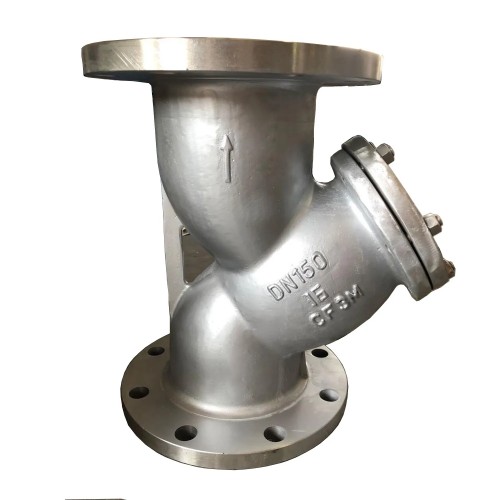ansi flange
Understanding ANSI Flanges A Comprehensive Overview
Flanges are critical components in piping systems, serving as the connection points between two sections of pipe or between pipe and equipment. One of the most common standards for flange design and manufacturing is set by the American National Standards Institute (ANSI). ANSI flanges are widely used across numerous industries, including oil and gas, water treatment, pharmaceuticals, and power generation, due to their reliability and standardized design.
What Are ANSI Flanges?
ANSI flanges refer to a set of standards created to establish specifications for various flange types, dimensions, materials, and pressure ratings. These standards ensure that flanges are produced with uniformity, which is essential for safe and efficient operations in industrial settings. The ANSI/ASME B16.5 standard is one of the most referenced for flanges, covering sizes from 1/2 inch to 24 inches in diameter.
Types of ANSI Flanges
ANSI flanges come in various types, each designed for specific applications and environments. The most common types include
1. Welding Neck Flange This flange has a long tapered neck that provides strength and support. It is ideal for high-pressure applications and is often used in piping systems that require a strong butt-welding connection.
2. Slip-On Flange This flange is designed to slip over the pipe end. It is easy to align and install, making it suitable for lower-pressure systems. However, it may not be the best choice for high-stress applications.
3. Blind Flange A blind flange is used to seal the end of a piping system. This type is crucial when testing pressure and is often employed in systems that require future piping additions or modifications.
ansi flange

4. Socket Weld Flange This flange is designed for pipes with a nominal diameter of 2 inches or less. It involves inserting the pipe into the flange, providing a strong and secure connection, suitable for high-pressure situations.
5. Lap Joint Flange This flange is used with a stub end and is advantageous in situations where frequent dismantling of piping is required. It offers flexibility and ease of inspection.
Material Choices
ANSI flanges can be manufactured from a variety of materials, including carbon steel, stainless steel, and alloy steel. The choice of material directly affects the flange's performance in terms of strength, corrosion resistance, and temperature tolerance. Stainless steel flanges, for instance, are preferred in corrosive environments due to their resistance to rust and degradation.
Pressure Ratings
The pressure rating of an ANSI flange is a critical factor that determines its suitability for specific applications. ANSI standard flanges are rated based on the pressure they can withstand at a given temperature, ranging from Class 150 to Class 2500, with higher classes indicating higher pressure tolerances. It's essential to select the appropriate pressure rating to ensure safe operation and system integrity.
Conclusion
ANSI flanges play a vital role in the efficiency and safety of piping systems in various industries. Understanding the different types, materials, and pressure ratings is crucial for engineers and maintenance personnel in selecting the right flange for their applications. By adhering to ANSI standards, industries can ensure consistency, reliability, and safety in their piping systems, ultimately leading to enhanced operational efficiency and reduced downtime. Whether you are involved in the design, installation, or maintenance of industrial systems, a solid grasp of ANSI flanges will significantly contribute to your project's success.
-
The Key to Fluid Control: Exploring the Advantages of Ball Valves in Industrial SystemsNewsJul.09,2025
-
The Versatile World of 1, 2, and 3 Piece Ball ValvesNewsJul.09,2025
-
Stainless Steel Ball Valves: The Ideal Choice for Efficient Flow ControlNewsJul.09,2025
-
Optimizing Fluid Control with Ball Float ValvesNewsJul.09,2025
-
Manual Gate Valves: Essential for Control and EfficiencyNewsJul.09,2025
-
Everything You Need to Know About Butterfly ValvesNewsJul.09,2025
-
The Versatility of Wafer Type Butterfly ValvesNewsJul.08,2025




